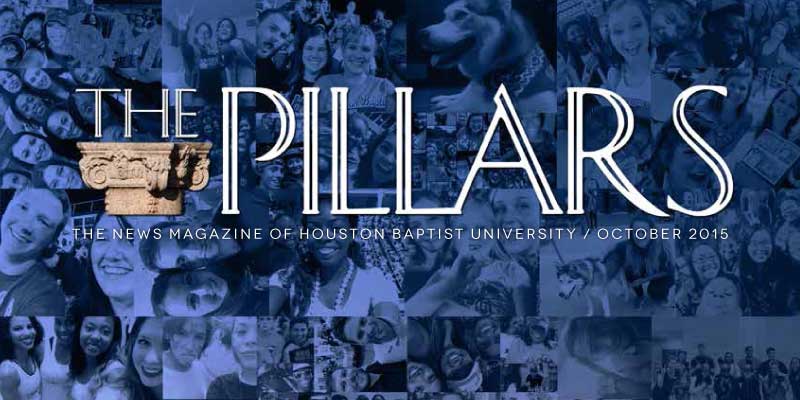Spiral Galaxy M83 Image credit: NASA, ESA, & Hubble Heritage Team
Modern astronomical discoveries reveal ever more amazing views of our universe, unveiling beautiful nebulae, immense star clusters, colliding galaxies, and countless other wonders. As we advance our knowledge about the universe, its immense distances and timescales reach the limits of what we can grasp, and can lead us to wonder about the ultimate significance of humanity. While science is focused on explaining the physical processes observed in the universe, deeper questions such as the meaning of our existence may be considered from the perspective of religion, and we each arrive at our own individual understanding of these questions. Considering the wonders of the universe, we can appreciate how the Psalmist was inspired to write: “the heavens declare the glory of God, and the skies proclaim His handiwork” (Ps. 19:1), also asking: “what is humankind, that Thou art mindful of us?” (Ps. 8:4). Yet the scriptures also describe God’s love for all of us individually.
In his talk given at the Dunham Bible Museum in September, research astrophysicist Dr. Anton M. Koekemoer highlighted some of the exciting astronomical discoveries about our universe, including distant galaxies, black holes, giant clouds of star formation, and other discoveries revealed by the Hubble Space Telescope and other observatories. He also shared some personal reflections, from his own perspective as a Christian, on how our current scientific understanding of this wonderful universe can be reconciled in harmony with religion, for those who are of faith, to enrich our spiritual lives and deepen our appreciation of the universe in which we live.
Dr. Anton M. Koekemoer is a research astrophysicist at the Hubble Space Telescope, where he has been a member of its scientific staff since 1996. He originally obtained his PhD in astrophysics at the Australian National University, and has also held research positions at Leiden University, at the Institut d’Astrophysique de Paris, and at NASA’s Goddard Space Flight Center. He was in charge of one of the imaging cameras on the Hubble Space Telescope for several years, and his main research interests include the formation and growth of black holes and galaxies in the early universe and across cosmic time. He has authored/coauthored over 400 astrophysics research papers in refereed journals, in addition to numerous other papers and conference proceedings, has edited a number of astrophysics conferences and books, and he was recently ranked by Thomson-Reuters among the world’s most highly cited research scientists in astrophysics over the past decade. He has led the Hubble imaging work for a number of large cosmological projects such as the Hubble Ultra Deep Field, and is continuing active research on several more recent and ongoing projects. He is also a committed Christian whose faith plays a central role in his life, and he considers that faith and science can work together in harmony as we contemplate our place in the universe.
Anton M. Koekemoer, Ph.D., B.Sc., Research Astrophysicist with the Hubble Space Telescope
The Dunham Bible Museum and HBU thank Dr. Koekemoer for participating in this lecture series. For more information, visit the Bible Museum.








